Abstract: With the inclusion of new energy vehicles in the seven strategic emerging industries that the country has accelerated cultivation and development, the intelligentization, digital networking and energy-saving of automobiles have become the general direction of automobile development. The car bus is the basis for digital network. This article will talk to you about the three major buses of today's cars, CAN, LIN, and Flexray. Today, society has entered the era of information networks. People hope that cars are not just a means of transportation. They also hope that cars are an extension of life and work. In cars, they can stay in their own offices and homes. Telephone, Internet, entertainment, work.    The increase in functions has also led to a dramatic increase in the number of electronic devices on the car, and various car buses have emerged. The car bus we are most familiar with is CAN, which may be strange to LIN and Flexray. Then, let's introduce you to these four kinds of car buses. The vehicle bus is the communication network of the underlying vehicle equipment or vehicle instrument interconnection in the vehicle network. Currently, there are four mainstream automotive buses: CAN bus, LIN bus, FlexRay bus and MOST bus. Use a table to illustrate the differences between the various buses First, the birth of the car bus The birth of the car bus is inseparable from the development of automotive electronics. The degree of automotive electronics is also seen as an important indicator of the level of modern cars. Most of the traditional automotive electronics use a single point-to-point communication method, which has little connection with each other, which will inevitably form a huge wiring system. According to statistics, in a high-end car using traditional wiring methods, the length of the wire can reach 2000 meters, the number of electrical nodes can reach 1500, and the number will be doubled every 10 years.    This further exacerbates the contradiction between the thick wire harness and the limited available space on the car. Regardless of material cost or work efficiency, traditional wiring methods cannot adapt to the development of modern automobiles. In addition, in order to meet the real-time requirements of each electronic system, public data (such as engine speed, wheel speed, throttle pedal position, etc.) must be shared, and the requirements for real-time performance of each control unit are different. Therefore, the traditional electrical network has been unable to adapt to the development of modern automotive electronic systems, so the new automotive bus technology came into being.    Second, CAN bus The CAN bus, also known as the car bus, is called "Controller Area Network" and is a serial communication network that can effectively support distributed control and real-time control. It connects the individual control units in some form (mostly star) to form a complete system. The CAN bus was originally developed as a serial communication protocol by Bosch in Germany to solve the data exchange between many electronic control modules (ECUs) in modern automobiles. Nowadays it has been widely used in automotive electronic systems, becoming the main industry standard of the European automotive industry, representing the mainstream development trend of automotive electronic control networks. Many famous automobile manufacturers in the world, such as Volkswagen, Benz, BMW, Porsche, Rolls.Royce, etc., have adopted CAN bus to realize the interior of the car. Control system data communication. Third, LIN bus LIN is a new low-cost open serial communication protocol jointly launched by Motorola and Audi. It is mainly used in distributed electronic control systems in vehicles, especially for smart sensors or actuators. Digital communication occasions. Mainly used in electric door and window, seat adjustment, lighting and other controls. A typical LIN network can have up to 12 nodes. Taking the door and window control as an example, there are door locks, window glass switches, window lift motors, operation buttons, etc. on the door, and only one LIN network can be connected. Through the CAN gateway, the LIN network can also exchange information with other systems of the car to achieve richer functions. LIN has become an international standard and is accepted by most car manufacturers and component manufacturers. The cost savings of LIN over CAN is primarily due to the low implementation cost of single-wire transmission, hardware or software in silicon, and the need to use quartz or ceramic resonators in slave nodes. These advantages come at the expense of lower bandwidth and limited single-homed bus access methods.    LIN contains a host node and one or more slave nodes. All nodes contain a subordinate communication task that is broken down into sending and receiving tasks, and the host node also contains an additional host sending task. In real-time LIN, communication is always initiated by the host task. Fourth, Flexray bus    The FlexRay bus is a new communication standard jointly developed by BMW, Philips, Freescale and Bosch. It is designed for in-vehicle networking and uses a time-based triggering mechanism with high bandwidth and good fault tolerance. There are certain advantages in terms of sex, reliability and flexibility.    Flexray is a high-speed, deterministic, fault-tolerant bus technology for automobiles that combines event-triggering and time-triggering with efficient network utilization and system flexibility. As the backbone of the new generation of automotive internal networks. Flexray can be used in passive bus and star network topologies, or in a combined topology of the two. Both topologies support dual-channel ECUs that integrate multiple system-level functions to save production costs and reduce complexity. The dual-channel architecture provides redundancy and doubles the available bandwidth. The maximum data transfer rate per channel is 10Mbps. At present, Flexray is mainly used in safety-critical wire control systems and power systems, and is used in BMW's high-end cars.    BMW first applied FlexRay technology to the electronically controlled shock absorber system of the 07 X5 series. The car uses Freescale-based microcontrollers and NXP transceivers to monitor data on vehicle speed, longitudinal and lateral acceleration, steering wheel angle, body and tire acceleration and ride height for better ride comfort Sexuality and safety during driving and high-speed responsiveness, in addition, the load applied to the tire and the vibration of the chassis are minimized.    Five, MOST bus MOST is a data bus technology developed for in-vehicle use that serves multimedia applications. MOST stands for "Multimedia Transmission System" . Since the BMW 7 Series car adopted the MOST (Media-Oriented System Transfer Bus) technology for the first time, the popularity of this technology has grown by leaps and bounds in recent years, realizing the transmission of sound and video in real time to meet the needs of high-end car entertainment devices; it can be used in car cameras. Waiting system MOST bus features: (1) Under the condition of low cost, the data transmission speed of 24. 8 Mbit/s can be achieved. (2) Work with or without a master computer. (3) Support real-time processing of sound and compressed images. (4) Support synchronous and asynchronous transfer of data. (5) The sender/receiver is embedded with a virtual network management system. (6) Support multiple network connection methods, provide MOST equipment standards, and apply the system interface conveniently and concisely. (7) By using MOST, not only can the quality of the wire harness connecting the components be reduced, noise can be reduced, but also the burden on the system development technician can be alleviated, and finally centralized control of various devices can be realized at the user. (8) The fiber optic network is not affected by electromagnetic radiation interference and the grounding ring. MOST bus network should be in multimedia    The control units are connected by a ring data bus that transmits data in only one direction, which means that one control unit always has two fibers, one for the transmitter and one for the receiver. MOST bus adopts ring network structure Fiber optic plug : The fiber is connected to the control unit using a special optical plug. A signal directional arrow on the plug indicates the input (to the receiver) and the plug housing forms a connection to the control unit. The optical signal passes through the fiber optic conductor and the light guide plug into the control unit or to the next bus user. MOST bus control unit structure diagram Control unit power supply module: The electricity sent by the electrical plug is then distributed to the individual components by the internal power supply unit, so that a certain part of the control unit can be shut down separately, thus reducing the quiescent current. Transceiver Unit - Light Guide Transmitter (FOT): The device consists of a photodiode and a light-emitting diode. The arriving optical signal is converted into a voltage signal by the photodiode and transmitted to the MOST transceiver. MOST Transceiver: The MOST transceiver consists of two parts, a transmitter and a receiver. Control Unit (ECU): There is a microprocessor inside the Control Unit (ECU) that is used to manipulate all the basic functions of the Control Unit. Dedicated components: These components are used to control certain specialized features, such as CD players and radio tuners. MOST bus fiber pull diagram The MOST bus uses optical pulses to transmit data. The MOST bus has a ring structure. Data can only be transferred in one direction within the ring bus. MOST's transmission technology is similar to the Public Switched Telephone Network (PSTN). It has the design definition of Data Channel and Control Channel. The control channel is used to set how to use and send and receive data. channel. Once the setting is completed, the data will continue to flow from the sending location to the receiving location. There is no need for further packet processing procedures in the process, and the operating mechanism is designed so that it is most suitable for real-time audio and video streaming. MOST is in full compliance with the ISO/OSI 7-layer data communication protocol reference model, and MOST uses a ring topology on the network cable connection. However, in more demanding transmission control applications, MOST also allows to change the star shape. (also known as radial) or double-ring connection configuration, in addition to each MOST control network allows up to 64 devices (nodes) to connect. Summary As a reliable car bus, CAN has been widely used in high-end cars. As a supplement to CAN, LIN has become an international standard. Flexray, which is more advanced than CAN, is growing rapidly. The development of the car bus has become overwhelming. UCOAX Custom Made Link Cable Compatible for Oculus Quest 2, Fast Charging & PC Data Transfer USB C 3.2 Gen1 Cable for VR Headset and Gaming PC 16FT(5M) Virtual Reality Link Cable,Oculus 2 Cable,Vr To Pc Cable,Virtual Reality Link Cable Device UCOAX , https://www.jsucoax.com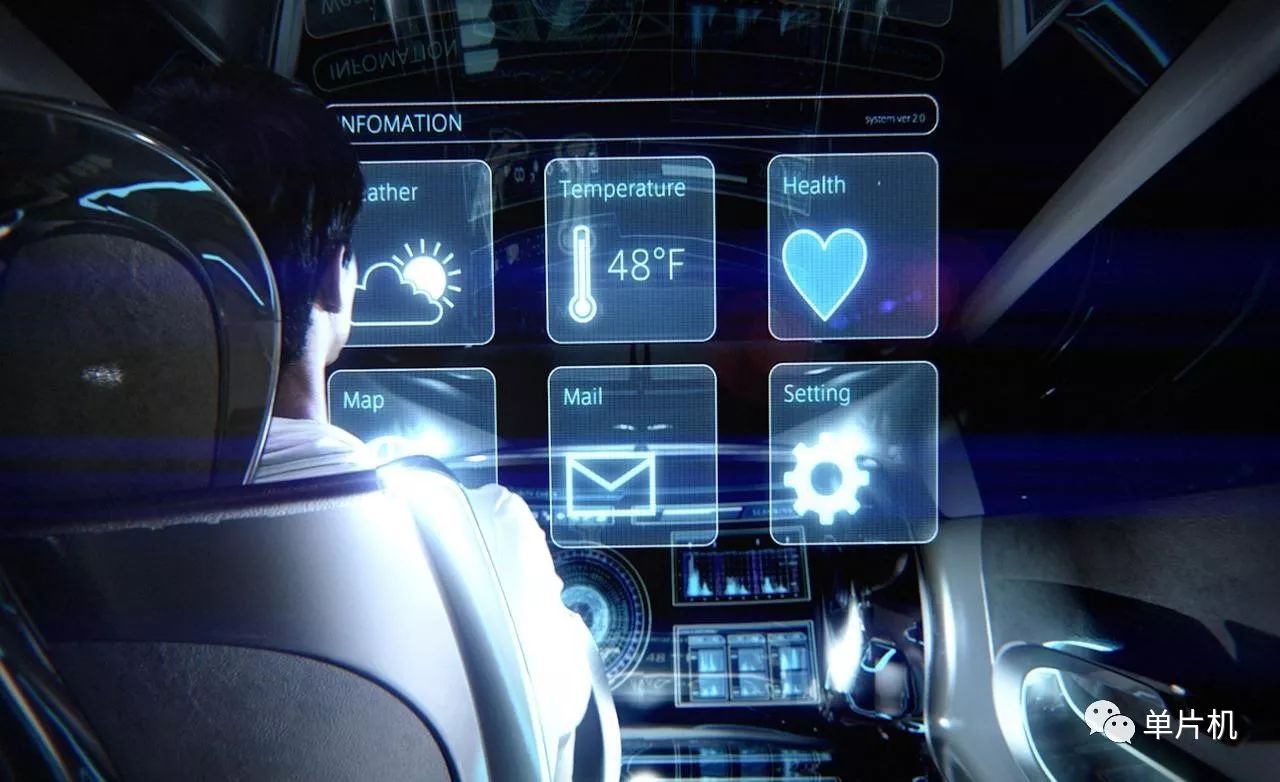
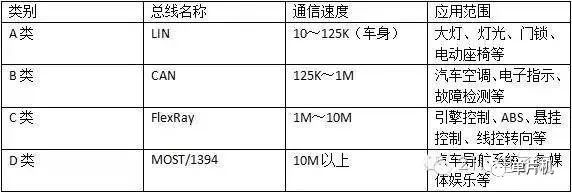
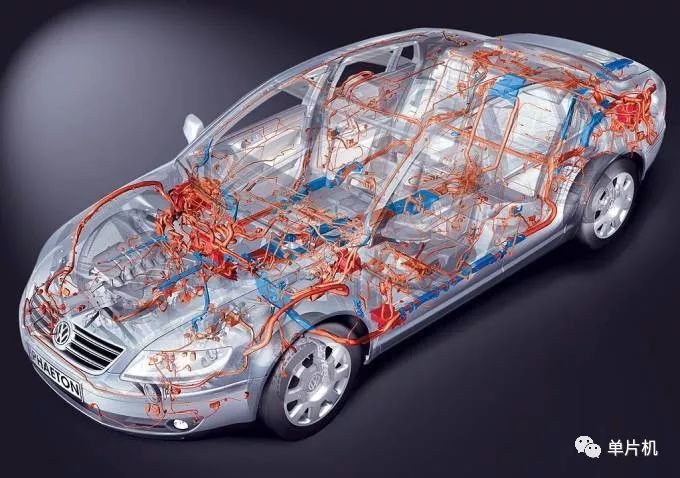
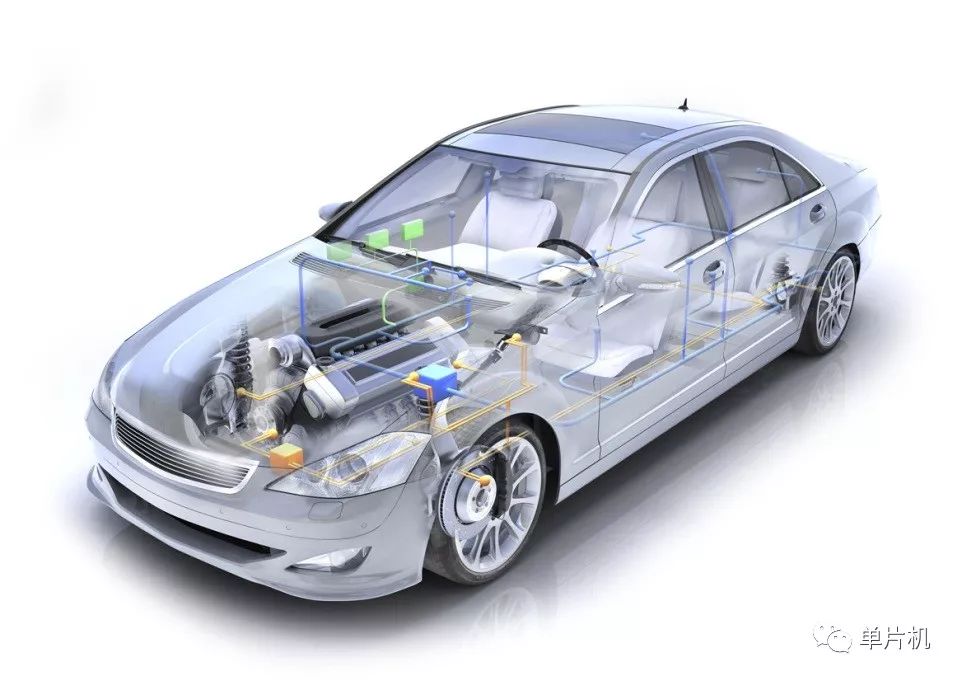


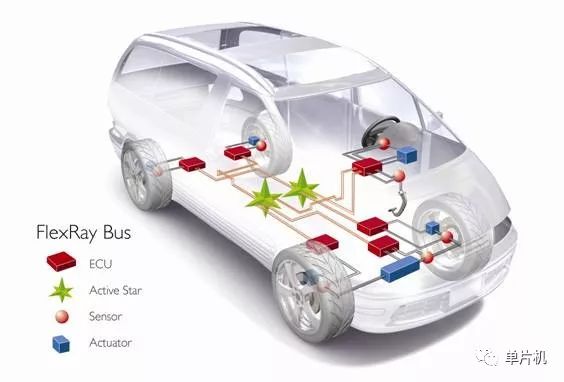

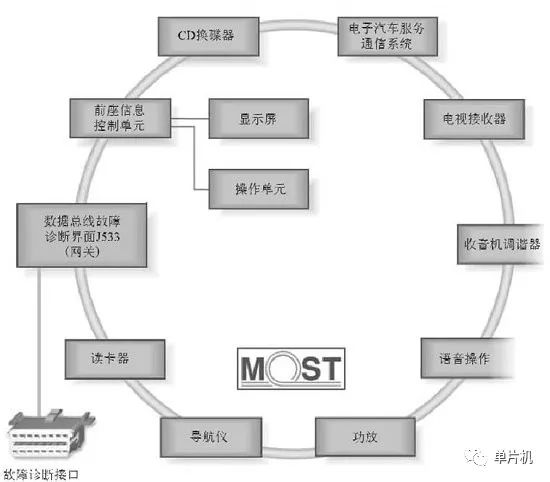

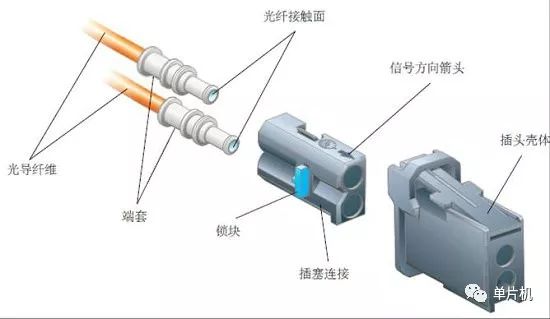
Compatible for Oculus Quest 2: KRX link cable has perfect compatibility for oculus quest 2, so you can enjoy your gaming time happily
Flexiable lengths of link cables for you to choose. Choose the right one according to your needs
High-speed transmission & Fast Charging: The 3A current allows you to charge quickly while playing, maintaining stable and high-speed data transmission
USB C cable version: KRX USB C cable compatible with usb 3.0/3.1 gen1/3.2 gen1
90 Degree angle metal head design: The 90-degree USB C design makes you more stable and not easily damaged when playing